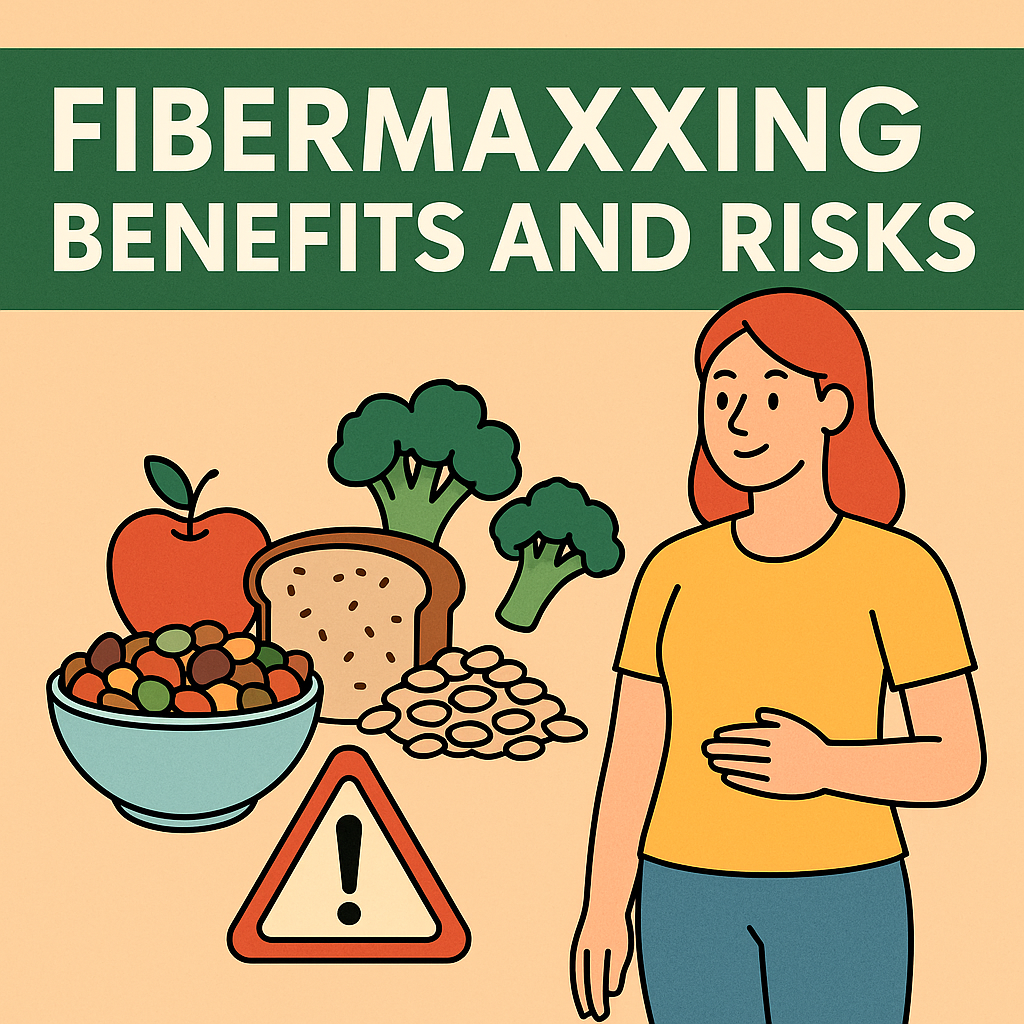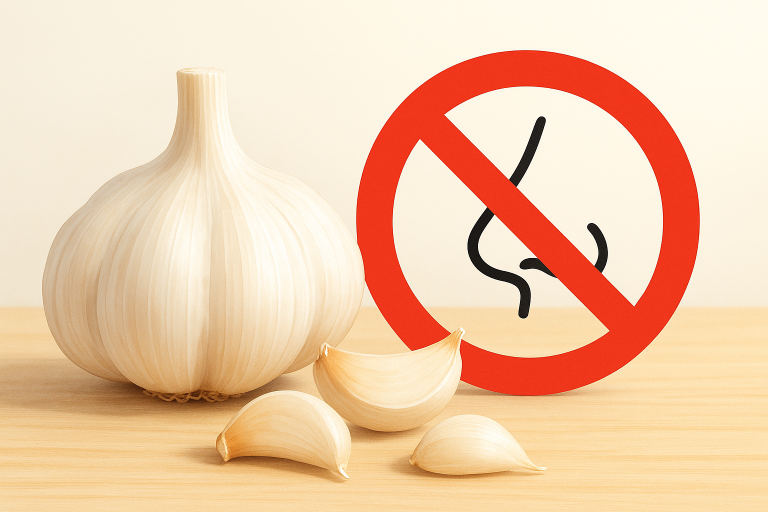Fibermaxxing benefits and risks – What You Actually Need to Know

🥣 What the Heck is Fibermaxxing, Anyway?
Fibermaxxing is basically the “go big or go home” approach to fiber. Instead of barely scraping by with a couple grams from your sad white bread sandwich, you load your meals with fruits, vegetables, beans, seeds, and whole grains to hit — or blow past — the recommended daily amount of 25–38 grams.
On paper, it’s a smart move. Fiber helps control blood sugar, keeps cholesterol in check, and makes your gut bacteria happy enough to throw a microscopic rave. But like anything in life — too much, too fast, and your body’s going to push back hard.
💪The Real Benefits of Fibermaxxing
Here’s why people are hyping it up:
- Better digestion – Fiber adds bulk and keeps things moving. If you’ve been, let’s say, sluggish in the bathroom, this can be a game changer.
- Blood sugar stability – Soluble fiber slows down how fast sugar hits your bloodstream, which can help with energy levels and cravings.
- Heart health – High fiber diets are linked with lower LDL (“bad”) cholesterol and reduced risk of heart disease.
- Fuller for longer – Fiber takes up space without adding calories, which is great for people trying to lose or maintain weight.
Some research even points to fiber feeding your gut bacteria in ways that can improve your immune system and maybe even your mood. The science isn’t magic — it’s just biology working the way it’s supposed to.
Fiber helps control blood sugar, keeps cholesterol in check, and makes your gut bacteria happy enough to throw a microscopic rave. These aren’t just internet health tips — major medical sources like Mayo Clinic back up fiber’s role in digestion, heart health, and weight control.
⚠️The Risks No One Talks About
Most articles just say “don’t eat too much too fast” and move on. Here’s why that’s actually important:
- Gas and bloating – Your gut bacteria love fiber, but when you suddenly give them way more to eat, they throw a fermentation party. The result? Gas. Lots of gas.
- Cramping – Fiber absorbs water. If you’re not drinking enough, that bulk can cause painful cramps or even constipation — the exact opposite of what you wanted.
- Nutrient absorption issues – Excessive fiber can interfere with how your body absorbs minerals like calcium, iron, and zinc. If you already have low iron, this matters.
- Triggering gut issues – If you have IBS or other digestive conditions, jumping into fibermaxxing can trigger flare-ups.
Think of it like training for a marathon. You don’t go from your couch to 26 miles in a week without wrecking yourself. Fiber works the same way.
🛠️ How to Do It Without Wrecking Your Stomach
If you want the benefits without the “please let this pass” moments, here’s how to approach fibermaxxing like a pro:
- Start small – Increase your daily fiber by 3–5 grams every few days. That’s like adding an extra serving of fruit or a small handful of beans.
- Hydrate – Fiber needs water to do its job. Aim for at least 8 cups of fluids a day, more if you’re active.
- Mix your sources – Soluble fiber (oats, beans, apples) is gentle. Insoluble fiber (whole wheat, raw veggies, nuts) is rougher. A balance helps avoid discomfort.
- Cook it – Cooking vegetables softens fiber and makes it easier to digest. If you’re new to high-fiber eating, start with cooked instead of raw.
- Listen to your gut – If you feel bloated or crampy, ease back and give your body time to adjust.
💡A Few Under-the-Radar Fiber Facts
- You probably eat less than you think – The average American gets about 15 grams a day, barely half of what’s recommended.
- Your gut bacteria adapt over time – When you gradually add fiber, your microbiome adjusts, meaning less gas and bloating long-term.
- Not all fiber is the same – Soluble fiber dissolves in water and helps regulate cholesterol and blood sugar. Insoluble fiber is like nature’s scrub brush for your intestines. You need both , according to research from Harvard T.H. Chan School of Public Health, which also explains why variety in fiber sources is important.
🥗Three Easy High-Fiber Meal Ideas
1. Overnight Chia-Oat Pudding
- ½ cup rolled oats
- 2 tbsp chia seeds
- 1 cup almond milk
- Berries + sliced banana on top
→ ~15g fiber in one jar, easy to prep ahead.
2. Lentil & Veggie Soup
- 1 cup cooked lentils
- Chopped carrots, celery, onion, spinach
- Vegetable broth + seasonings
→ ~16g fiber per hearty bowl, and freezing leftovers makes it a no-brainer meal.
3. Black Bean & Avocado Wrap
- Whole wheat tortilla
- ½ cup black beans
- ½ avocado, shredded lettuce, salsa
→ ~12g fiber, fast, filling, and easy to pack for lunch.
📌 The Bottom Line
Fibermaxxing isn’t a bad idea — in fact, it can be great for your health. But you have to respect the process. The key is gradual change, hydration, and variety. Treat it like a lifestyle shift, not a viral challenge, and your gut will thank you.
Disclaimer: The information provided on this site is for educational purposes only and is not intended as medical advice. Always consult a qualified healthcare provider before making changes to your diet, exercise routine, or health regimen.

